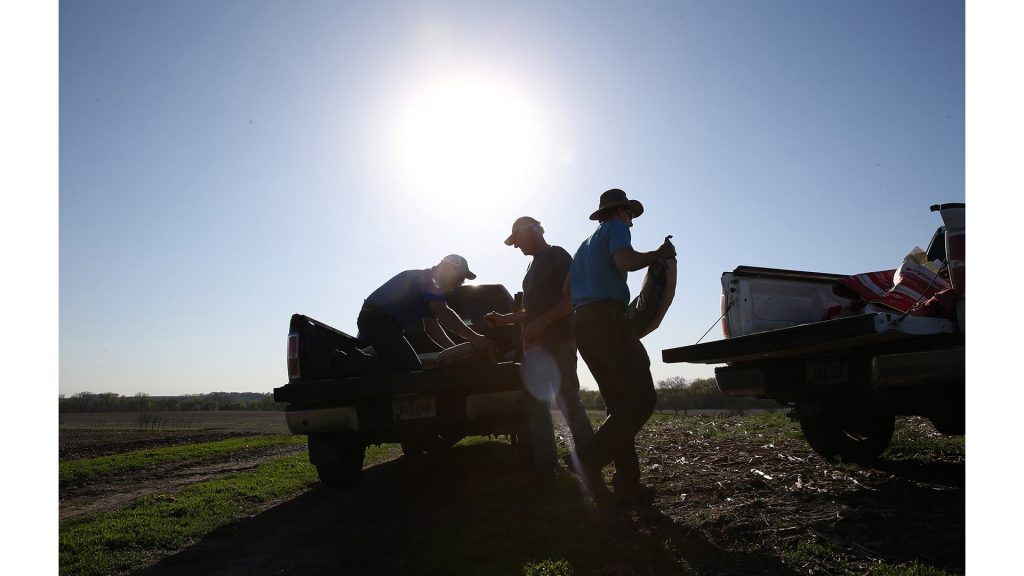A recent report from IowaWatch — a nonprofit news organization sponsored by the Iowa Center for Public Affairs Journalism — found that 90 percent of Iowa school districts have at least one school building susceptible to exposure from pesticides driftage from farmland. At first thought, this a startling statistic. A great number of public schools in Iowa are at risk of exposing their students to pesticides that farmers use to spray their crops. But if you read the actual report, little is mentioned about whether this risk poses a real, palpable threat to Iowa students. Thus, we don’t know whether the report is simply making a mountain out of a molehill or if there is genuine reason to be concerned about the safety of a large majority of Iowa’s students.
In a state in which 92 percent of the land area is farmland, it’s not surprising that such a large proportion of schools are located on the periphery of towns near crop fields. Actually, it makes perfect sense for a school to be on the outskirts of town because schools tend to take up an enormous amount of space. It takes a big building to house hundreds — if not thousands — of kids, sometimes even a parking lot, sports fields, bus garages, and other miscellaneous facilities. So often, schools, especially new schools, are built on the edge of a town where there is a space big enough to house all of the necessary buildings in one location. Still, even though it’s sensible to build schools close to farmland, should this report make us reconsider where schools are located?
Maybe I’m a bit old-fashioned in my reasoning (I’m a proponent of the “rub some dirt on it philosophy”), but it seems like this report is a lot of huff-and-puff about a circumstantial risk.
For starters, the report classifies a school as at-risk if it sits within 2,000 feet of a farm field. For reference, 2,000 feet is almost half-a-mile, and this parameter arbitrarily stems from a 2006 National Institutes of Health study that detected 28 percent of Iowa acreages/homes within 750 meters of a field had elevated levels of certain pesticides. And while I’d venture to say that most schools are closer to a field than 2,000 feet, 2,000 feet is still a large distance to expect pesticides to drift. Perhaps if the report gave a district-by-district breakdown, we would know exactly what schools are at risk. Instead, the report elects to push one statistic — 9 out of 10 school districts are at risk — without giving much context.
Moreover, the report also fails to investigate how many of the schools have buffer zones surrounding the schools’ premises. Iowa law doesn’t require buffer zones for schools as some states do, yet anecdotally from my days traveling to and from sporting events as an athlete in a rural Iowa school district, I know that many school systems do have buffer zones in the form of groves of trees. Ergo, even if a school is close to a farm field that is sprayed with pesticides, having groves of trees helps block wind and any pesticides that may be caught in the wind.
And perhaps most damning to the report’s significance is that an Pesticide Bureau review from the Iowa Agriculture Department found that in the last decade there has not been a single confirmed case of students being exposed to pesticide-spray driftage.
So, all in all, after a little closer analysis, should we be concerned about this attention-grabbing report. I venture to say no. Most public schools in Iowa may be at risk of inadvertently exposing their students to pesticides, but this risk is largely over-hyped, seeing as the premises for the report’s fear-mongering are dubious at best.



